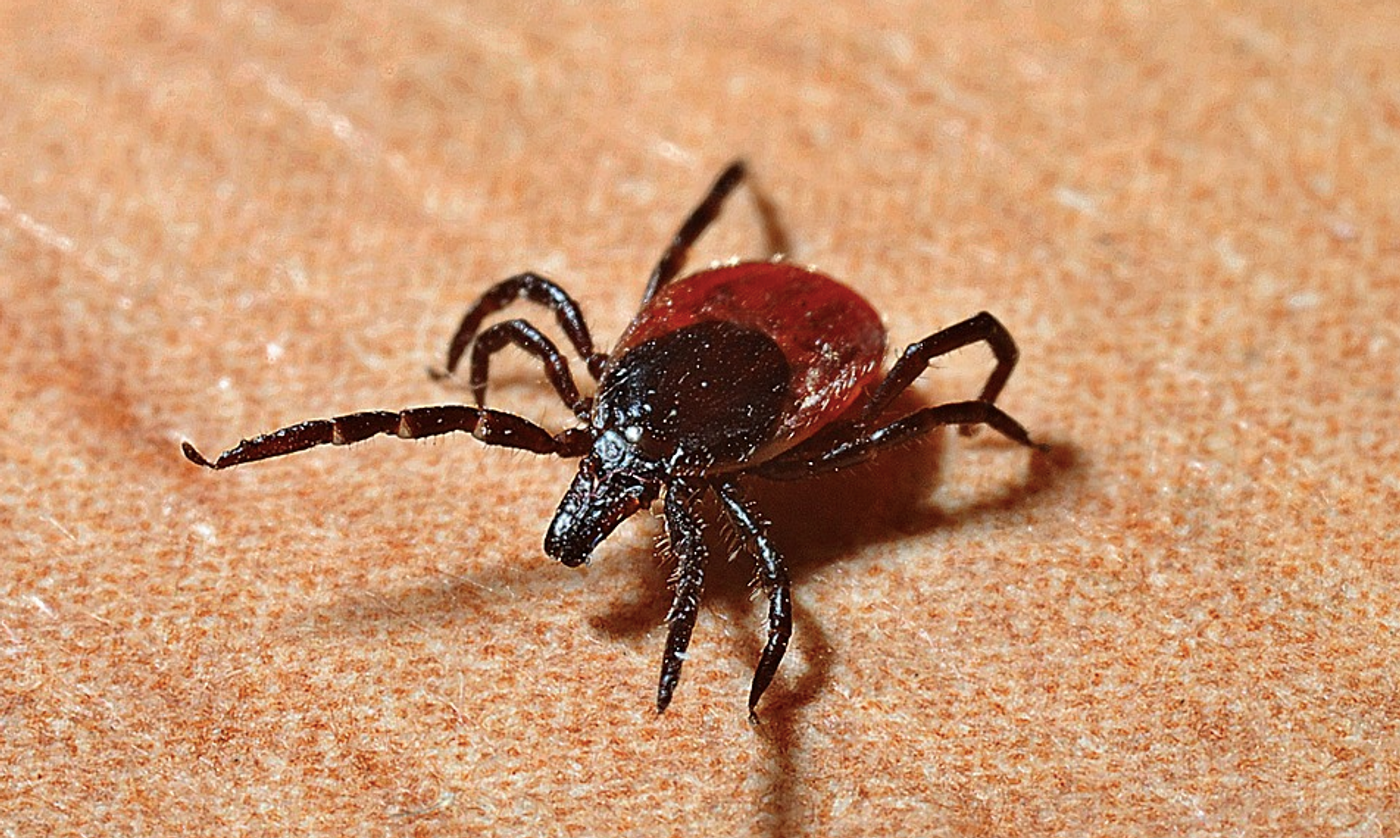As the Climate Warms, Lyme Disease Cases Will Increase
Ticks are known to carry infectious illnesses; Lyme disease is North America’s most common tick-borne disease. New research has examined how climate change will affect the incidence of Lyme disease and determined that an increase in the number of ticks, as well as improved host availability, will likely cause many more cases of the illness. The study, by scientists at Carnegie Mellon University and the Mayo Clinic College of Medicine and Science, was reported in the Canadian Journal of Infectious Diseases and Medical Microbiology. It found that Lyme disease cases will increase by over 20 percent by the middle of the century.
"A sizable increase in the incidence of cases of Lyme disease in the United States due to climate change is imminent," said study co-author Edson Severnini assistant professor of economics and public policy at Carnegie Mellon University's Heinz College. "Our findings should alert clinicians, public health professionals, and policymakers, as well as the general public."
Lyme disease cases are already on the rise. There were about 10,000 reported cases in 1991, but in the past five years, there have been about 28,000 more people diagnosed every year. The life of the ticks that spread the disease is highly dependent on environmental conditions like humidity and temperature. That dependency is so well-established, Lyme disease cases have been used as a measure of climate change.
For this work, the scientists focused on fifteen states where about 95 percent of reported Lyme cases originate. The team assessed epidemiological data collected by the Centers for Disease Control and Prevention and meteorological information kept by the National Oceanic and Atmospheric Administration for 568 counties from 2000 to 2016.
The U.S. National Climate Assessment has predicted that there will be a 3.6 Fahrenheit degree rise in temperature by mid-century. The researchers project that Lyme disease cases will rise by 21 percent during that time; there will be 8.6 more cases per 100,000 people every year.
"Tick-borne diseases are an important public health concern, and the incidence of these infections is increasing in the United States and worldwide," noted study leader Igor Dumic, a researcher at the Mayo Clinic College of Medicine and Science and the Mayo Clinic Health System. "Lyme disease is a classic example of the link between environmental factors and the occurrence and spread of disease."
Learn more about the latest Lyme disease diagnostics from this video, by the Centers for Disease Control and Prevention.
Sources: AAAS/Eurekalert! via Carnegie Mellon University, Canadian Journal of Infectious Diseases and Medical Microbiology









